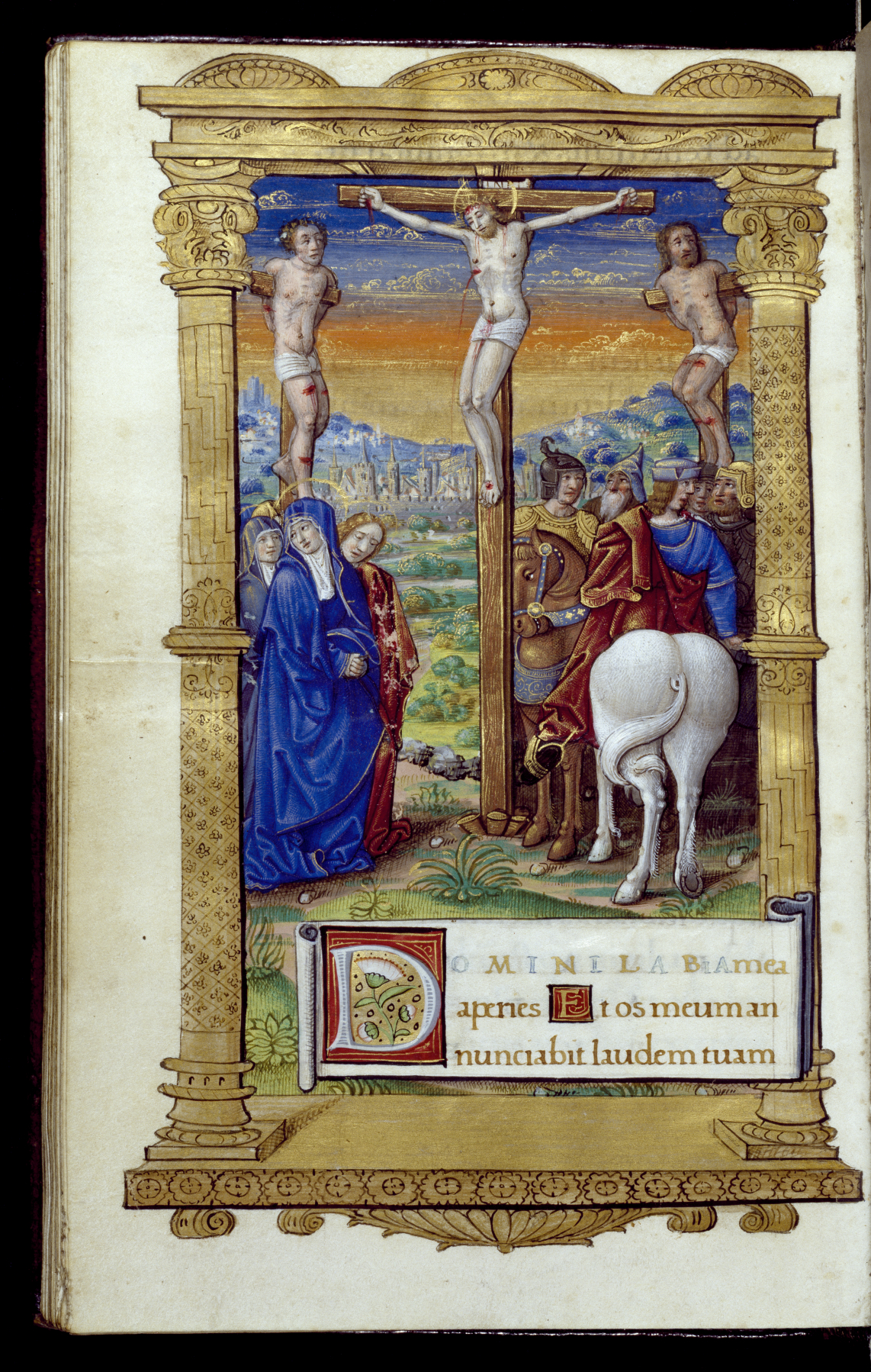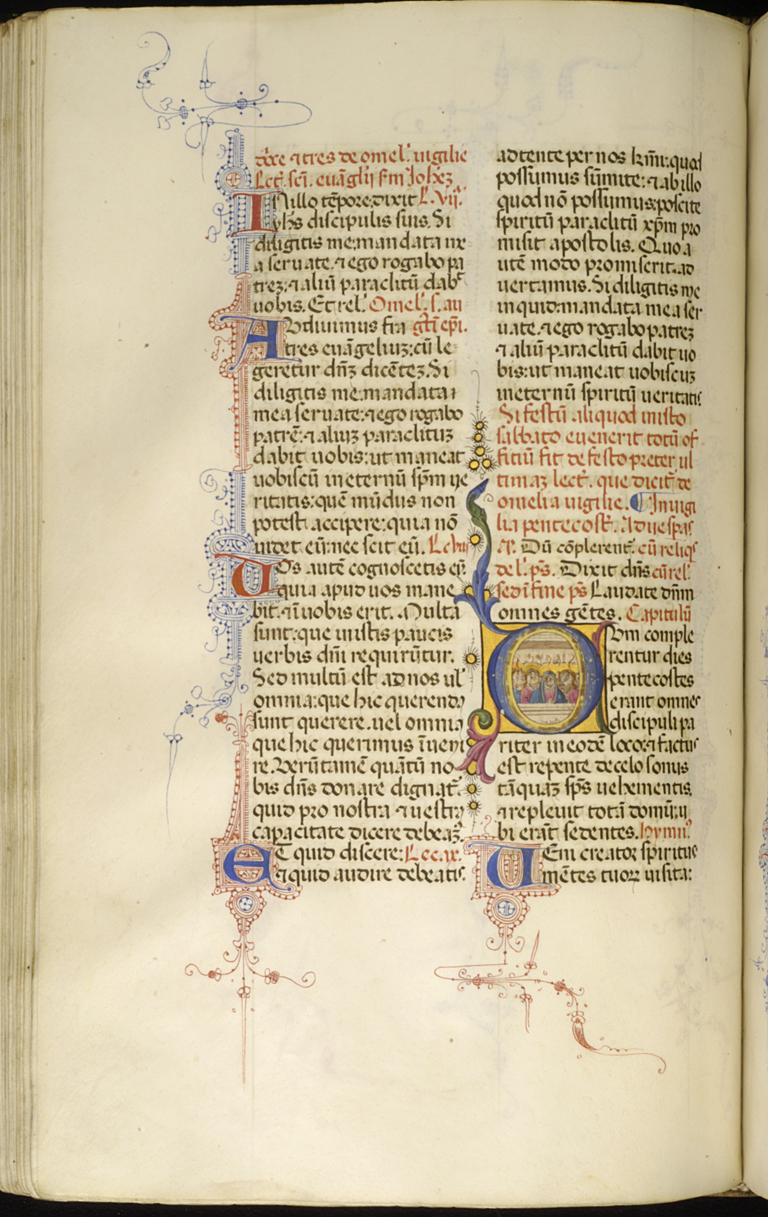|
Salvete Christi Vulnera
Salvete Christi Vulnera is the Office hymn at Lauds of the feast of the Most Precious Blood in the Traditional Roman Breviary The Roman Breviary (Ecclesiastical Latin, Latin: ''Breviarium Romanum'') is a breviary of the Roman Rite in the Catholic Church. A liturgical book, it contains public or canonical Catholic prayer, prayers, hymns, the Psalms, readings, and notati .... Translated from Latin, "Salvete Christi Vulnera" means "Hail, wounds of Christ." References Latin-language Christian hymns Liturgy of the Hours {{Latin-stub ... [...More Info...] [...Related Items...] OR: [Wikipedia] [Google] [Baidu] |
Lauds
Lauds is a canonical hour of the Divine office. In the Roman Rite Liturgy of the Hours it is one of the major hours, usually held after Matins, in the early morning hours. Name The name is derived from the three last psalms of the psalter (148, 149, 150), the Laudate psalms, which in former versions of the Lauds of the Roman Rite occurred every day, and in all of which the word ''laudate'' is repeated frequently. At first, the word ''Lauds'' designated only the end, that is to say, these three psalms. Little by little the ''Lauds'' was applied to the whole office. History Lauds, or the Morning Office or Office of Aurora, is one of the most ancient Offices and can be traced back to Apostolic times. The earliest evidence of Lauds appears in the second and third centuries in the Canons of Hippolytus and in writings by St. Cyprian, and the Apostolic Fathers. Descriptions during the fourth and fifth centuries appear in writings by John Cassian, St. Melania the Younger, St. Hilary ... [...More Info...] [...Related Items...] OR: [Wikipedia] [Google] [Baidu] |
Feast Of The Most Precious Blood
The Feast of the Most Precious Blood of Our Lord Jesus Christ is a feast, which has been in the General Roman Calendar from 1849 to 1969. It is focused on the Blood of Christ and its salvific nature. History The feast, celebrated in Spain in the 16th century, was later introduced to Italy by Gaspar del Bufalo, Saint Gaspar del Bufalo. For many dioceses, there were two days to which the Liturgy of the hours, office of the Precious Blood was assigned, the office for both being the same. The reason was that the office was at first granted only to the Fathers of the Most Precious Blood. Later, as one of the offices of the Fridays of Lent, it was assigned to the Friday after the fourth Sunday in Lent (Laetare Sunday) in some dioceses, including, by decision of the Provincial Councils of Baltimore#Fourth Provincial Council, Fourth Provincial Council of Baltimore (1840), those in the United States. [...More Info...] [...Related Items...] OR: [Wikipedia] [Google] [Baidu] |
Roman Breviary
The Roman Breviary (Ecclesiastical Latin, Latin: ''Breviarium Romanum'') is a breviary of the Roman Rite in the Catholic Church. A liturgical book, it contains public or canonical Catholic prayer, prayers, hymns, the Psalms, readings, and notations for everyday use, especially by bishops, priests, and deacons in the Divine Office (i.e., at the canonical hours, the Christians' daily prayer). The volume containing the daily hours of Catholic prayer was published as the ''Breviarium Romanum'' (Roman Breviary) from its ''editio princeps'' in 1568 under Pope Pius V until the reforms of Paul VI (1974), when it was largely supplanted by the Liturgy of the Hours. In the course of the Catholic Counter-Reformation, Pope Pius V (r. 1566–1572) imposed the use of the Roman Breviary, mainly based on the ''Breviarium secundum usum Romanae Curiae'', on the Latin Church of the Catholic Church. Exceptions are the Benedictines and Dominican Order, Dominicans, who have Breviaries of their own, a ... [...More Info...] [...Related Items...] OR: [Wikipedia] [Google] [Baidu] |
Latin
Latin (, or , ) is a classical language belonging to the Italic branch of the Indo-European languages. Latin was originally a dialect spoken in the lower Tiber area (then known as Latium) around present-day Rome, but through the power of the Roman Republic it became the dominant language in the Italian region and subsequently throughout the Roman Empire. Even after the fall of Western Rome, Latin remained the common language of international communication, science, scholarship and academia in Europe until well into the 18th century, when other regional vernaculars (including its own descendants, the Romance languages) supplanted it in common academic and political usage, and it eventually became a dead language in the modern linguistic definition. Latin is a highly inflected language, with three distinct genders (masculine, feminine, and neuter), six or seven noun cases (nominative, accusative, genitive, dative, ablative, and vocative), five declensions, four verb conjuga ... [...More Info...] [...Related Items...] OR: [Wikipedia] [Google] [Baidu] |
Latin-language Christian Hymns
Latin (, or , ) is a classical language belonging to the Italic branch of the Indo-European languages. Latin was originally a dialect spoken in the lower Tiber area (then known as Latium) around present-day Rome, but through the power of the Roman Republic it became the dominant language in the Italian region and subsequently throughout the Roman Empire. Even after the fall of Western Rome, Latin remained the common language of international communication, science, scholarship and academia in Europe until well into the 18th century, when other regional vernaculars (including its own descendants, the Romance languages) supplanted it in common academic and political usage, and it eventually became a dead language in the modern linguistic definition. Latin is a highly inflected language, with three distinct genders (masculine, feminine, and neuter), six or seven noun cases (nominative, accusative, genitive, dative, ablative, and vocative), five declensions, four verb conjuga ... [...More Info...] [...Related Items...] OR: [Wikipedia] [Google] [Baidu] |




